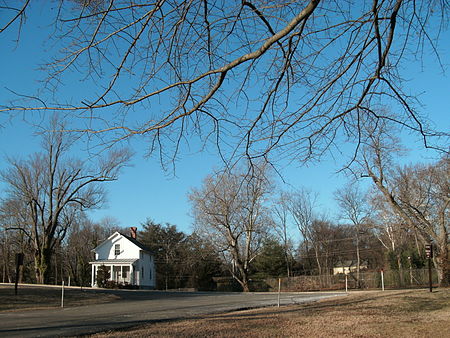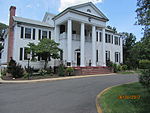Fort Hunt Park

Fort Hunt Park is a public park located in Fort Hunt, Fairfax County, Virginia. It is administered by the National Park Service as part of the George Washington Memorial Parkway. The park preserves the remains of the eponymous Fort Hunt, portions of which date to the time of the Spanish–American War. The park was named after Brigadier General Henry Hunt, who served as chief of artillery of the Army of the Potomac during the Civil War. Remains of several of the fort's original batteries, including Battery Mount Vernon, Battery Robinson, and Battery Sater, and Battery Porter (named after Lt. James Porter, an officer who was killed at Custer's Last Stand at the Little Bighorn.), have been preserved, and may still be visited today. The structures have been stabilized enough that visitors are able to climb on them without difficulty. Besides the batteries, the battery commander's station still stands; in addition, a flagpole has been erected as a memorial to the intelligence officers who served at the fort during World War II. Fort Hunt Park is open from dawn until dusk, year-round; access is from the George Washington Memorial Parkway or from Fort Hunt Road.
Excerpt from the Wikipedia article Fort Hunt Park (License: CC BY-SA 3.0, Authors, Images).Fort Hunt Park
Fort Hunt Park Loop,
Geographical coordinates (GPS) Address Nearby Places Show on map
Geographical coordinates (GPS)
| Latitude | Longitude |
|---|---|
| N 38.714722222222 ° | E -77.053055555556 ° |
Address
Fort Hunt Park Loop
Fort Hunt Park Loop
Virginia, United States
Open on Google Maps










